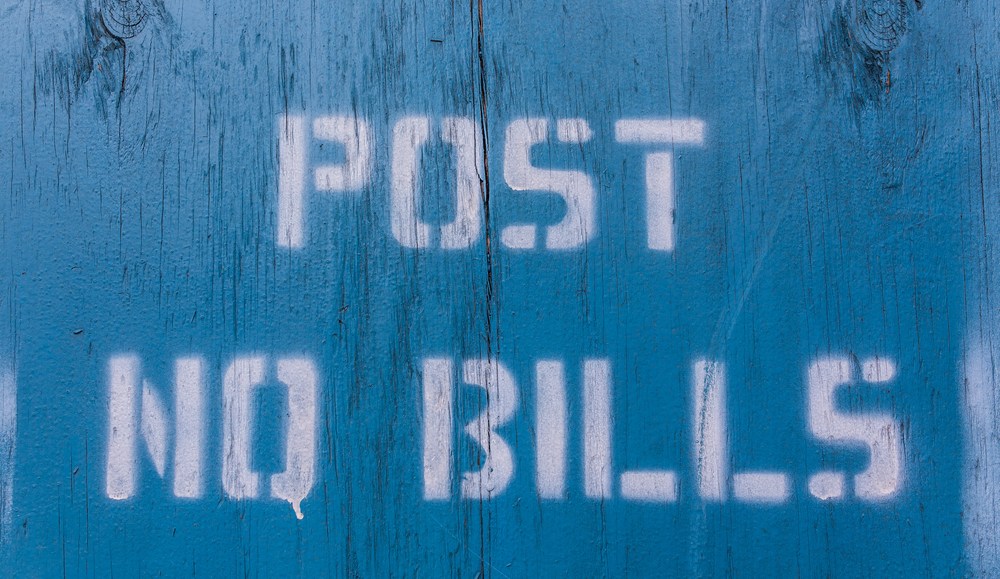
Aaron Dodez is vp, associate director, digital marketing at independent ad agency, RPA.
There is no shortage of false prophets in marketing, each touting the “newest” tactic like native advertising (GoTo.com from 1998 says hello) that promises to finally make consumers love — or at least not notice — our ads. Yet inevitably, every time a fairly commonplace marketing tactic — advertorials, cookie-based targeting, Facebook’s feed testing — is placed in front of consumers, the result is ridicule and horror.
As an industry, we’ve deemed it OK, for example, for an oral-hygiene brand to serve consumers an endless stream of promoted tweets during the World Cup “real-timing” each match and subsequent goal. So maybe it’s not such a bad thing that we marketers are being derided for feeling the need to insert ourselves into every conversation – “Goal! Buy my mouthwash!” – like a needy 4-year-old.
Sure, it’s arguably not as intrusive as a 15-second video ad at the beginning of a 30-second sports highlight. Or auto-play videos or interstitial ads that block all the content on a screen. But it is still interruptive marketing.
Let’s accept this fundamental truth: Brands aren’t humans, and if they were, they would hate most ads like normal humans do.
As digital fragmentation accelerates, be it through the increased unbundling of mobile apps or the shift away from mass consumer social networks toward private messaging, we are in an environment where consumers are increasingly empowered — and advertisers are marginalized.
Counteracting this means thinking about content marketing differently. Maybe your brand’s significant budget line item for Facebook maintenance could in part be allocated toward niche social networks like the community network Nextdoor, home-oriented Houzz, product-focused Polyvore (or even the canine-centric Dogster, if that’s your thing). Email, once unsexy, should be back on all marketers’ radars as well: It’s mobile, personalized and a one-on-one communication with customers.
In short, brands should look for ways to be niche publishers, not broadcast advertisers. Talk to a smaller, more relevant and engaged group who will take your content, share it and integrate it into their relevant conversations on their platforms of choice for you. This is a bottom-up content strategy versus a top-down interruptive one. Be more like HGTV, not NBC.
That means committing to producing more unique content – even great content ideas can die on the terrifying mountain of frequency – and shifting the storytelling away from the one-off, campaign varietal marked by a formal start and end date.
YouTube has been trying to get brands out of this mindset by preaching a strategy called “Hero, Hub, Hygiene.” Higher production, but infrequent “hero” videos have been no problem for brands to embrace. But both hub (regularly scheduled content) and hygiene (always-on videos around consumer interests) have been underutilized, as many brands — and agencies — still think low-cost production equals poor-quality content.
However, it’s easy to make the opposite case. Fewer, pricier content pieces result in increased risk to ROI, causing fear-based, self-fulfilling watering down of content. It’s why Vine is so appealing: Its six-second format limits both the potential budget and adherence to brand guidelines. Case in point, Lowe’s award-winning “Fix in Six” Vines.
The proof of this approach lies with premium channels like Nerdist and thousands of successful YouTube content creators who have amassed subscribers, engagement and views through consistent, focused lower-production-quality content. Admittedly, few brands outside of GoPro (serendipitously, their product produces thrilling visual content) have been able to duplicate this approach. But, as Tom Hanks said in “A League of Their Own”: “It’s supposed to be hard. If it wasn’t hard, everyone would do it.”
Obviously, this narrow-but-more-frequent approach needs to be overlaid with both exceptional content ideas and the appropriate allocation of paid dollars for visibility.
No matter what you do, it’s doubtful consumers will ever love marketing. But maybe you can help them dislike it just a little bit less.
More in Marketing

Agencies create specialist units to help marketers’ solve for AI search gatekeepers
Wpromote, Kepler and Jellyfish practices aim to illuminate impact of black box LLMs’ understanding of brands search and social efforts.

What AI startup Cluely gets — and ad tech forgets — about attention
Cluely launched a narrative before it launched a tool. And somehow, it’s working.

Ad Tech Briefing: Start-ups are now table stakes for the future of ad tech
Scaled ad tech companies need to maintain relationships with startups, when the sector is experiencing ongoing disruption due to AI.





